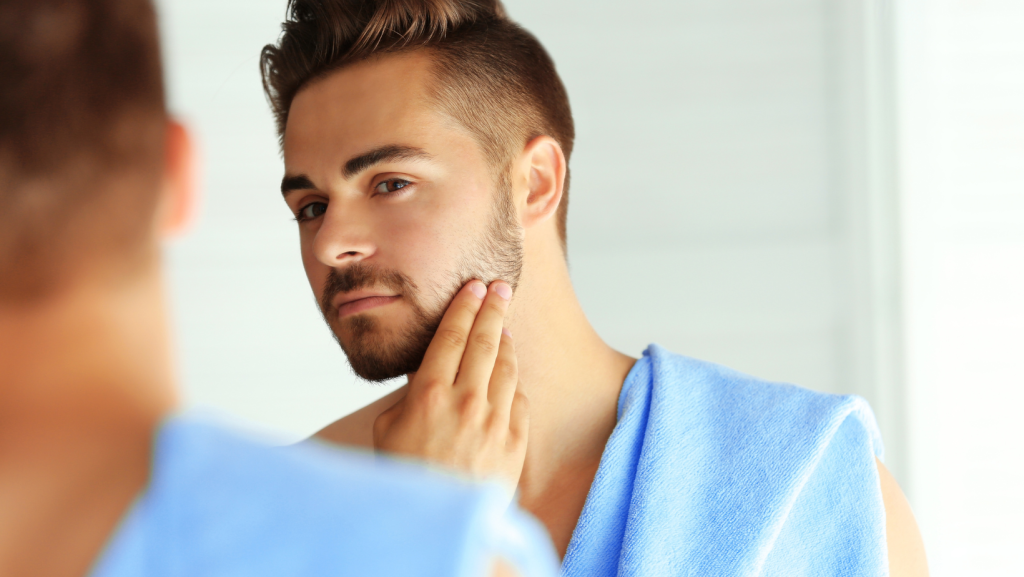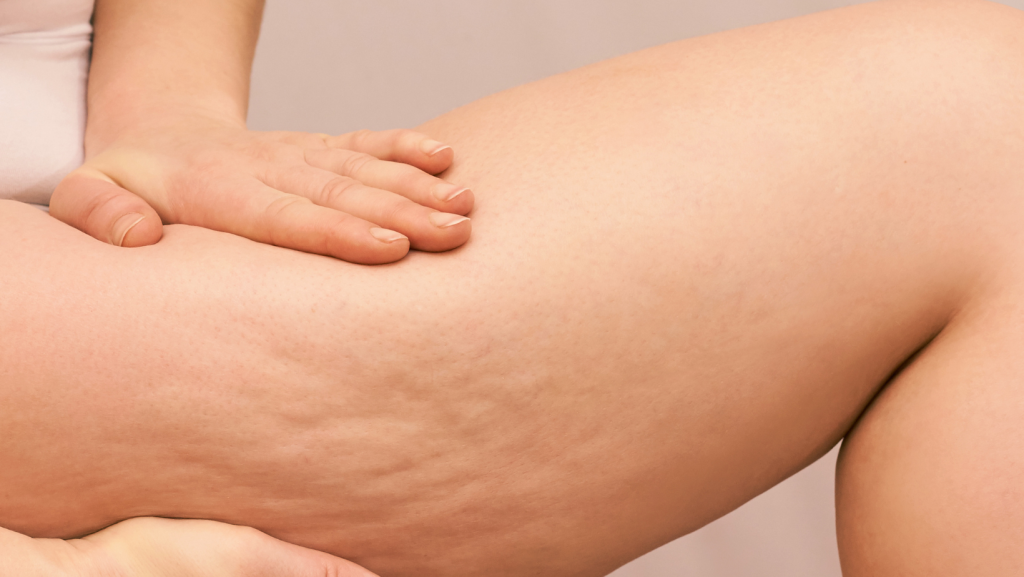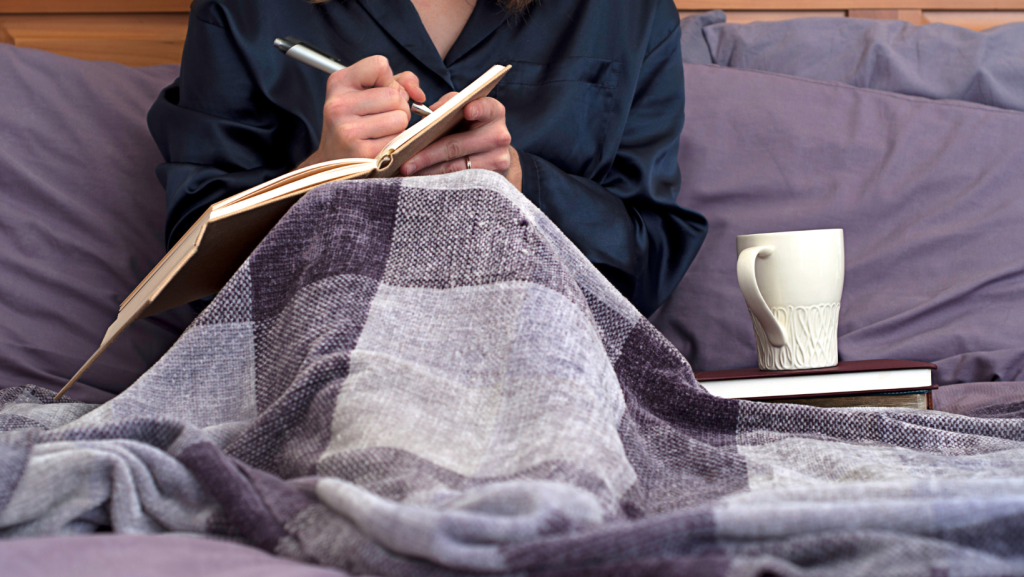There’s one relationship you can’t escape, and that is the one you have with yourself. And that relationship extends to what you see in the mirror and how you perceive and respond to it. Most of us see things we would like to change. But, for some people, those little wishes or cues for a “healthier” lifestyle are replaced by an obsessive distortion of “what is.” Body image dysmorphia (also known as body dysmorphia or body dysmorphic disorder (BDD)) causes extreme anguish for those affected by it.
People with body dysmorphia hate what they see and often hate who they are. They feel trapped in a body and physical features they can’t stand, tortured by their wish to not be “like this.”
Their body image – negative, misconstrued, self-loathing – controls their existence. Everything they see in others, everything they experience in themselves is through the filter of BDD.
What is body image?
Body image is a person’s relationship with their body. The relationship includes cognitive, emotional, behavioral, perceptual, and sociocultural dimensions.
A person’s “body-relationship” can vary or stay consistent across situations, circumstances, and time.
What is true for all of us, however, is that none of us is born with body image dysmorphia.
What is body image dysmorphia?
Body (image) dysmorphia or body dysmorphic disorder (BDD) is a condition in which a person spends excessive time worrying about (perceived) flaws in their appearance.

People with BDD inaccurately believe something is wrong with their bodies or features. As a result, they spend a lot of time worrying about how they look because they’re convinced something about their appearance is wrong.
Although influenced by beauty culture’s demands for attractiveness, BDD is a mental health condition.
BDD’s main feature is an obsessive belief in or exaggeration of a perceived physical flaw. This then leads to significant distress and problems with functioning.
The irony?
No one else can see these “flaws.”
But, the person suffering from body dysmorphia sees the so-called flaws as clear as day. The “flaws” could be about body weight or the shape and size of individual body parts. Noses, eyes, ears, smiles, butts, elbows, knees, ankles. Nothing is off-limits to the dysmorphic lens.
(By the way, there’s a recent phenomenon, “snapchat dysmorphia,” that affects mostly teenagers and young women. These media dependent folks are so used to seeing themselves (and others) through edited photo manipulation that it’s almost as if they are trying to “social media-ize” themselves in real life (IRL).)
So how does the dysmorphia play out?
A good example is when people go to cosmetic surgeons and ask to look like their manipulated photos. They honestly believe (and hope, with fingers and toes crossed) a filtered photo could become their IRL look.

What’s body image dysphoria in terms of noticeable effects on the person’s life?
Well, thoughts about the perceived flaw(s) are super obsessive, painfully intrusive, and potentially crippling. A person’s entire life is affected, right down to simple, everyday tasks.
Suffice it to say, body dysmorphia is more intense and complex than feeling dissatisfied with weight or shape.
BDD’s manifestations can vary from a preoccupation with breast or nose size to an obsession with “asymmetrical” facial features or misshapen body parts. And it’s a short line that connects such personal intolerance with trips to the plastic surgeon.

Body dysmorphia can also manifest in relation to muscle size, in which case it predominantly affects men. This form of BDD is known as muscle dysmorphia.

Along with the belief of being flawed, people with BDD engage in frequent checking, critiquing, pinching, comparing, and picking. Repeatedly looking from different angles at the body part of concern is common.
Who is affected?
BDD can affect anyone, but’s most common in teens and young adults, often starting during teenage years.
What are the symptoms of body dysmorphia?
- Complete preoccupation with an imagined flaw with your own body
- Belief that other people see it, too and are judging or mocking you
- Belief that you are ugly or deformed
- Seeking and needing frequent reassurance about how you look
- Avoiding mirrors or compulsively checking the mirror to see yourself
- Making constant comparisons of your body with other people’s bodies
- Frequent use of camouflage techniques (makeup, concealer, black clothing)
- Making excuses for not participating in social events
- Skin picking
- Excessive grooming
What are examples of body image dysmorphia?
These examples, although modified to protect identity, are from IRL patients.
“For an hour-and-a-half this morning, I put on and tore off my clothes. Each outfit added pounds and inches to my body. I don’t know why I looked in the mirror. By now I should know better – I’m so gross and don’t need a reminder. I laid on the floor among over twenty jeans, sobbing and wondering if I could even get out of the house. If only I could wear a tent!”
“There is a list of things I hate about how I look. My nose is super pointy. My lips are uneven. Even my ears are weird. They’re too big for my head. Speaking of my head, it is ridiculously round. When people say that they don’t see what I am talking about, I think they are just being kind. I would rather they tell me the truth. How could I see so clearly what they say they do not see?”
“No one can see body dysmorphia; I look in the mirror at a body that’s not my own. One that I hate and one that I check multiple times a day, criticizing, grabbing, pinching, turning this way and that; every time it looks different to me.”
Wanting to change your appearance does not mean you have BDD. For example, using hair dye, self-tanning cream, makeup, fake eyelashes, or lip-plumping lip gloss does not signal BDD.
What are the complications of BDD?
Complications associated with body dysmorphic disorder include:
- Low self-esteem
- Social isolation
- Depression
- Suicidal thoughts
- Anxiety
- Obsessive-compulsive disorder
- Eating disorders
- Substance use
- Skin infections from picking
- Risk of disfigurement from repeated surgeries
Is there treatment for body image dysmorphia?
Yes! Body dysmorphic disorder warrants treatment from a mental health professional with expertise in treating BDD.
Here are some things you can do to enhance the benefits of treatment:
- Be compliant. Go to your therapy sessions, even if you don’t feel like it. Continue to take prescribed medications. BDD symptoms may come back if you stop taking meds without your therapist’s knowledge. You could also experience withdrawal if you stop medication too suddenly.
- Educate yourself. Learn about BDD. Education about body dysmorphic disorder can empower and support you with your treatment plan.
- Be aware. Pay attention to warning signs. Learn what triggers your symptoms. Have a plan so you know what to do.
- Practice. Outside of therapy, practice skills you learn during therapy so they become more natural.
- Avoid drugs and alcohol. Alcohol and recreational drugs can worsen symptoms.
- Be active. Physical activity can help manage depression, stress, and anxiety. Consider walking, jogging, swimming, gardening, or another form of activity you enjoy. However, avoid excessive exercise as a way to fix a perceived flaw.
Any other tips for coping?

Consider these tips:
- Journalling can help you become more aware of negative thoughts, emotions, and behaviors.
- Resist isolation and participate in social activities with friends and family who may be healthy supports.
- Honor self-care. Getting sufficient sleep is especially important.
- Keep your eye on the prize. Recovery is ongoing. It’s a process, not an event. Keep recovery goals in mind.
- Learn relaxation and stress management. Practice stress-reduction techniques, such as meditation or deep breathing.
Body dysmorphia rarely improves on its own. Left untreated, it tends to worsen over time.
Body dysmorphic disorder often starts in early adolescence. Identifying the disorder and starting treatment helps.
Contentment in your body is essential to quality of life. Your relationship with your own body influences everything in your world.
Embodiment – truly being in your body, with contentment – is your birthright.
Own it. Embrace it. Live it. Be it.


